Electrochemistry explained
Articles
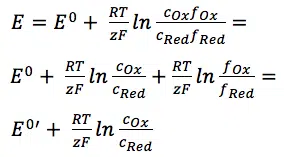
The equations behind the potentiostat
This article explains the working of a potentiostat more in depth, using Faraday’s law and the Nernst equation. For the basics of the potentiostat, please read the potentiost...

MethodSCRIPT in action: introduction, demonstration and Q&A session
As an OEM supplier, PalmSens is aware of how important your own software is. We support our customers with several Software Development Kits (SDK), which make writing your own sof...
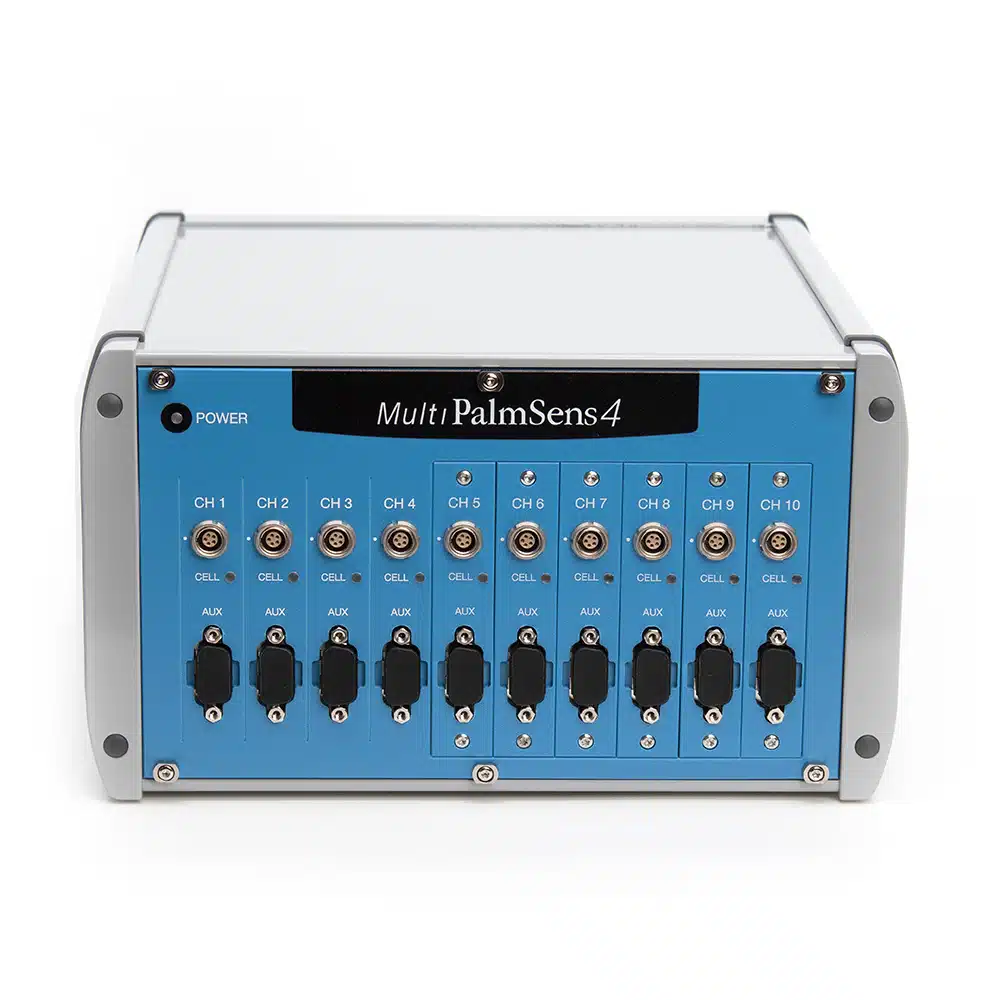
Multi-channel potentiostat
Do you want to perform several electrochemical measurements simultaneously? Then you need a multi-channel potentiostat. A multichannel potentiostat allows you to perform multiple experiments at the same time.
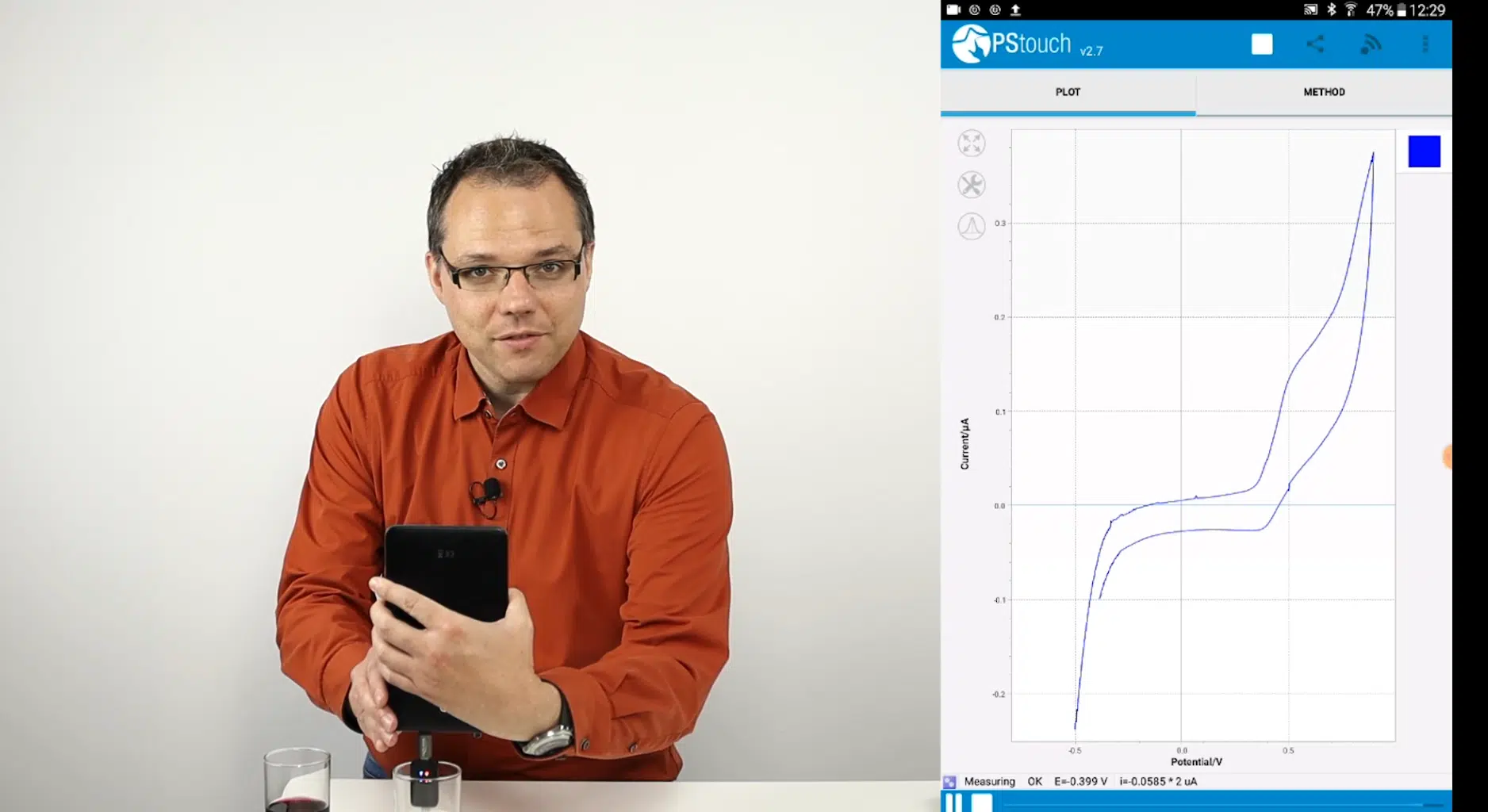
Electrochemistry in 25 minutes
In 25 minutes, you can learn what electrochemistry is, get a few example applications and learn how you can build you own electrochemical reader. After an electrochemical wine tas...

Purpose of a Sense lead
Sense leads also known as working sense leads are common for many potentiostat brands. PalmSens uses the Sense lead on all models that can supply 100 mA or more. This raises the qu...
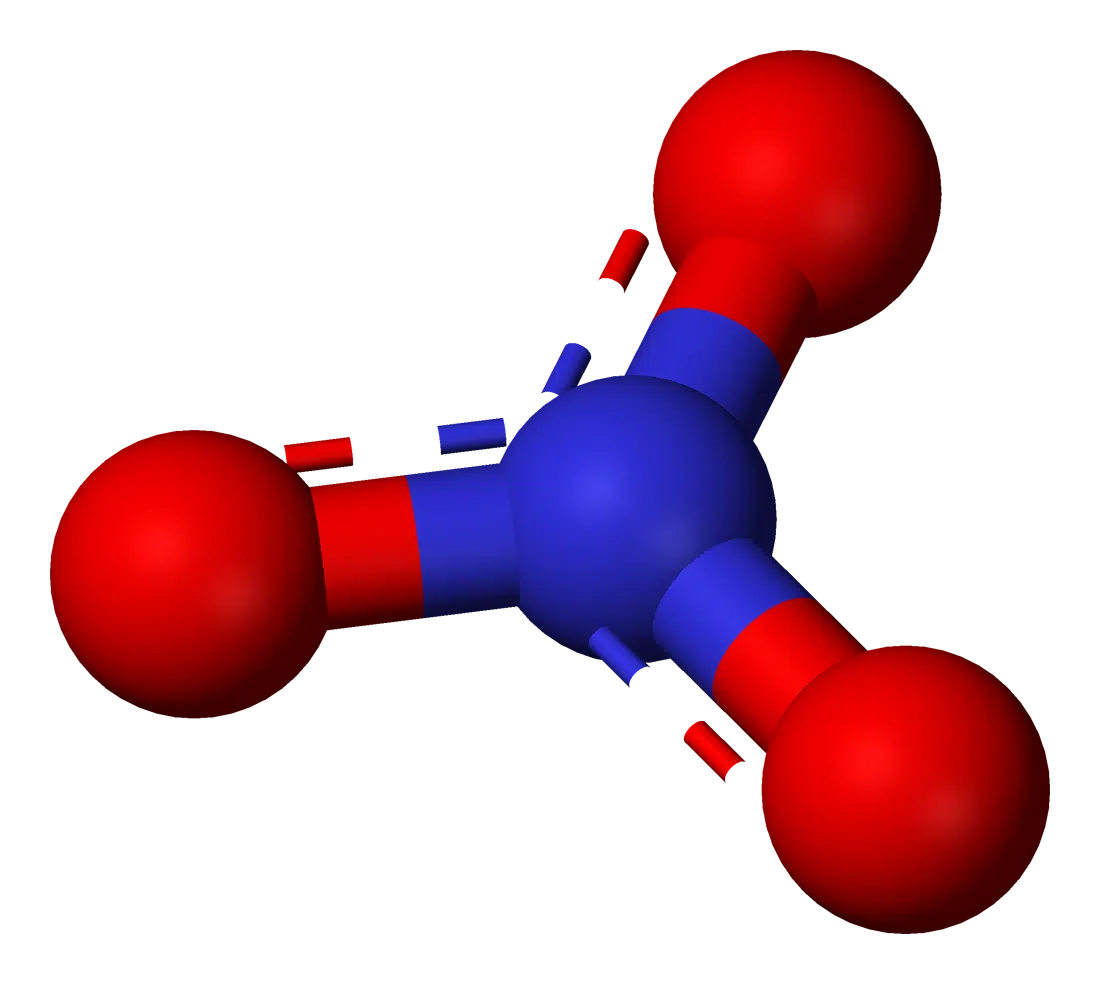
Demonstration of Nitrate Measurements
Plants are using nutrition from soil to grow. If we harvest plants and transport them to a different place, for example, a market, we remove nutrition from the soil. The soil will...
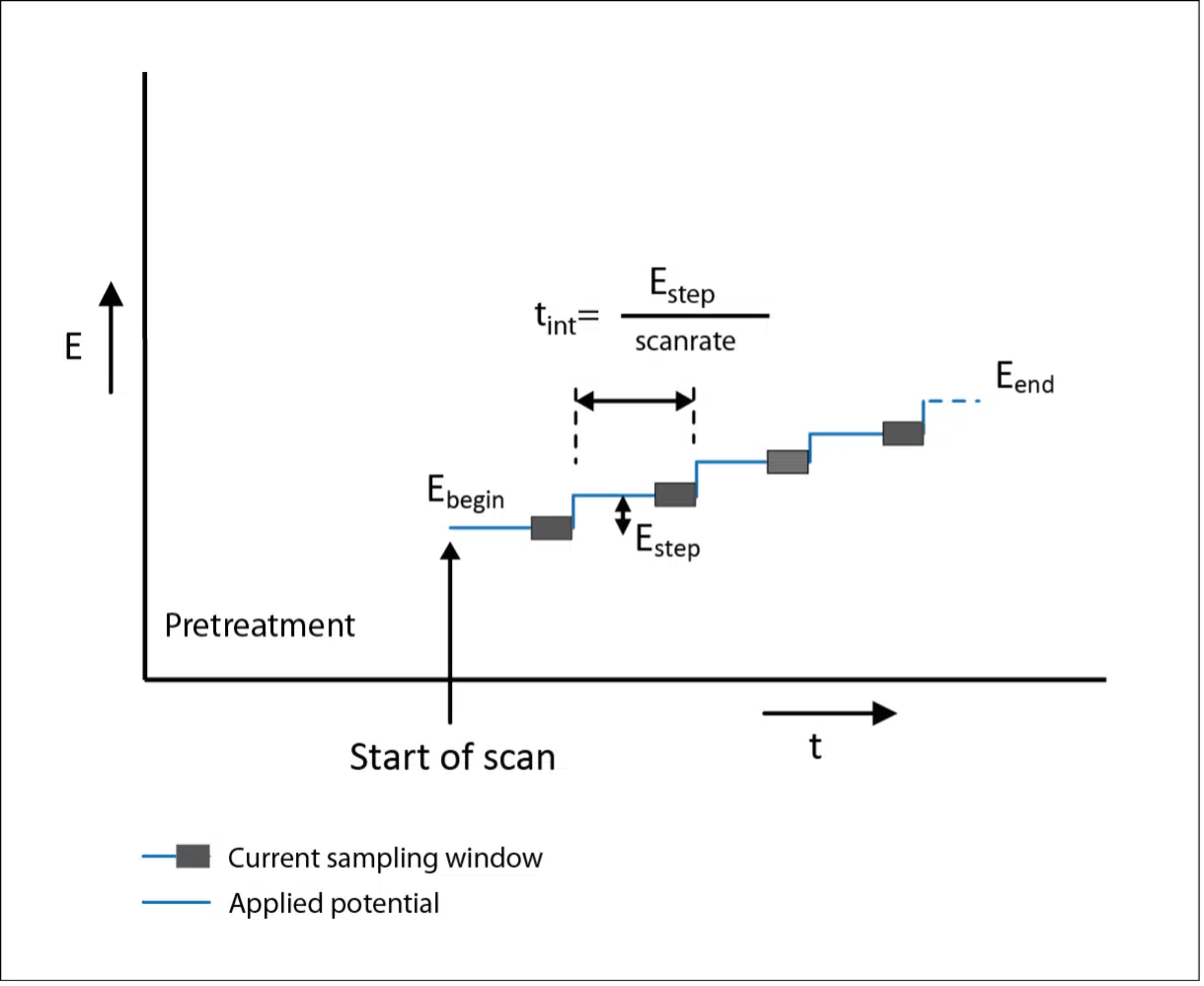
Linear Sweep Voltammetry (LSV)
Linear Sweep Voltammetry is also known as Linear Polarization. In Linear Sweep Voltammetry a potential scan is performed from the begin potential, E begin, to the end potential E e...
Time scan
Time scan is an electrochemical technique that can be applied with the following instruments from PalmSens: PalmSens4 EmStat4S Sensit Smart Sensit BT MultiPalmSens4 MultiEmStat4 ...
Potential scan or current scan
Potential scan or current scan is an electrochemical technique that can be applied with the following instruments from PalmSens: PalmSens4 EmStat4S MultiPalmSens4 ...
Mixed Mode (MM)
Mixed Mode (MM) is an electrochemical technique that can be applied with the following instruments from PalmSens: PalmSens4 EmStat4S MultiPalmSens4 ...
Stripping Chronopotentiometry (SCP or PSA)
Stripping Chronopotentiometry (SCP or PSA) is a sensitive analytical technique. Before the SCP measurement starts a deposition stage at the deposition potential E dep is required.
MultiStep Potentiometry (MP)
MultiStep Potentiometry (MP) is an electrochemical technique that can be applied with the following instruments from PalmSens: PalmSens4 EmStat4S MultiPalmSens4 ...
Chronopotentiometry (CP)
Chronopotentiometry (CP)is an electrochemical technique in which a controlled current, usually a constant current, is caused to flow between two electrodes; the potential of one el...

Linear Sweep Potentiometry (LSP)
Linear Sweep Potentiometry (LSP) is an electrochemical technique that can be applied with the following instruments from PalmSens: PalmSens4 EmStat4S MultiPalmSens4 ...
Multiple-Pulse Amperometric Detection (MPAD)
Multiple-Pulse Amperometric Detection (MPAD) is an electrochemical technique that can be used when higher sensitivity is required. Using pulses instead of constant potential migh...
Pulsed Amperometric Detection (PAD)
Pulsed Amperometric Detection (PAD) is a technique used to detect certain classes of compounds, notably sugars and polyalcohols, among others. These compounds tend to foul the surf...
Fast Amperometry (FAM)
Fast Amperometry (FAM) is a form of amperometric detection with very high sampling rates or respectively very short interval times. Signal applied during Fast Amperometry ...
MultiStep Amperometry (MA)
MultiStep Amperometry (MA) is an electrochemical technique which simply allows the user to specify the number of potential steps they want to apply and how long each step should l...
